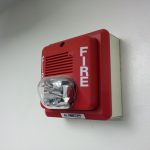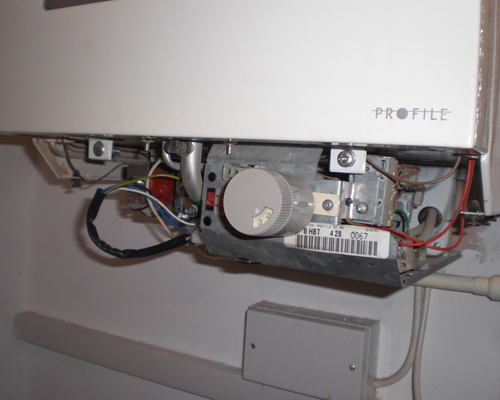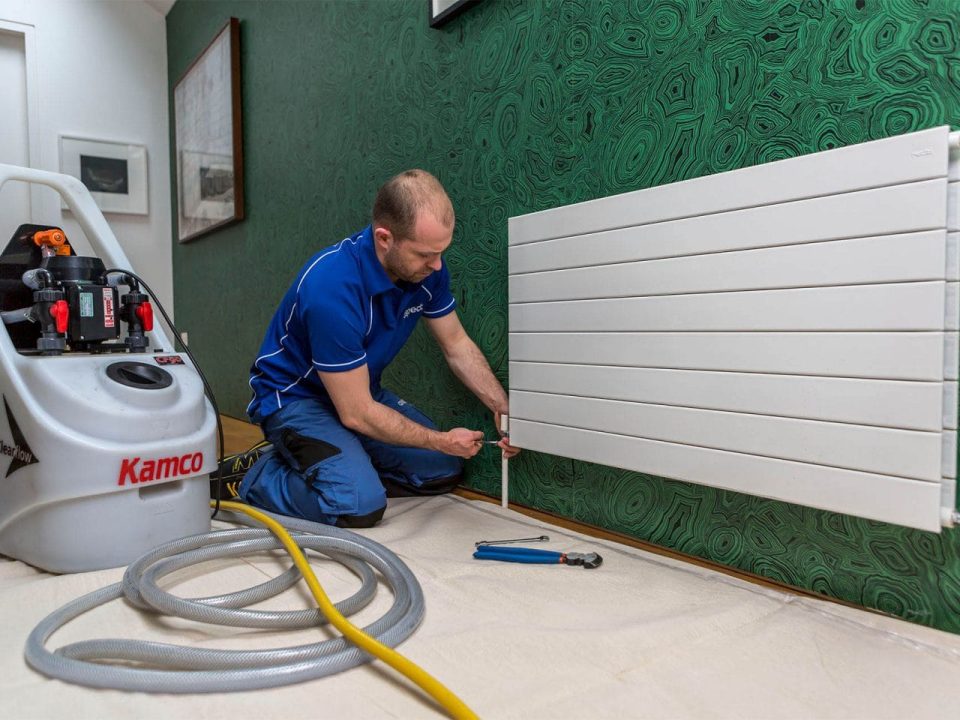
A Comprehensive Guide to Boiler Repair – Tips to Keep You Warm and Safe
October 30, 2023
Securing Peace of Mind: The Vitality of a Fire Alarm Certificate
October 30, 2023Introduction:
Boiler installation is a significant investment for any homeowner. Whether you’re replacing an old boiler or installing one for the first time, it’s crucial to understand the process to ensure a safe and efficient heating system. In this comprehensive guide, we’ll walk you through the essential steps of boiler installation, helping you make informed decisions for your home’s comfort and energy efficiency.
Assess Your Needs
Before diving into the installation process, it’s essential to evaluate your heating needs. Consider factors like the size of your home, the number of occupants, and your heating preferences. This information will help you determine the type and size of the boiler that suits your requirements best.
Choose the Right Boiler
There are various types of boilers available, each with its advantages and disadvantages. The most common types include:
a. Combi Boilers: These boilers provide both hot water and central heating, making them space-efficient and cost-effective.
b. System Boilers: Ideal for larger homes, system boilers store hot water in a cylinder, ensuring a constant supply.
c. Regular Boilers: Also known as conventional boilers, these are best suited for homes with existing heating systems, like open-vented hot water cylinders.
d. Condensing Boilers: These highly efficient boilers extract heat from exhaust gases, reducing energy consumption and lowering your bills.
Select the boiler type that aligns with your needs and budget, and don’t forget to consider energy efficiency ratings.
Hire a Professional Installer
Boiler installation is a complex task that should only be undertaken by qualified professionals. Look for a reputable heating engineer or plumber who is Gas Safe registered (in the UK) or certified by the relevant authority in your region. Hiring a professional ensures safety, compliance with regulations, and the longevity of your system.
Site Assessment and Preparation
Once you’ve chosen an installer, they’ll assess your property to determine the optimal location for your boiler. Factors such as ventilation, access for maintenance, and safety codes will be considered. Proper ventilation is crucial to prevent carbon monoxide buildup.
Remove the Old Boiler
If you’re replacing an existing boiler, the old unit must be safely and professionally disconnected and removed. This is a critical step to ensure the safe installation of the new boiler.
Install the New Boiler
The installation process begins with positioning the new boiler in the designated location. The installer will connect it to the existing pipework, radiators, and the hot water cylinder if applicable. All connections must be secure, and the installer will check for leaks and correct any issues.
Flue Installation
The boiler’s flue is responsible for expelling harmful gases. It must be installed correctly to ensure the safe removal of combustion byproducts. The flue should be positioned to adhere to regulations and safety standards.
System Testing
After installation, your installer will conduct thorough tests to ensure the boiler operates correctly. This includes checking for leaks, verifying gas pressure, and assessing the efficiency of the heating system.
Commissioning
The installer will fine-tune the boiler’s settings to optimize performance and efficiency. They will also provide you with instructions on how to use and maintain your new boiler.
Safety Certificates and Documentation
A Gas Safety Certificate (in the UK) or similar documentation is essential to prove the safety and compliance of your new boiler installation. Keep these documents in a safe place for future reference.
Conclusion
Boiler installation is a complex process that demands professional expertise. By following these steps and hiring a qualified installer, you can ensure the safe and efficient operation of your heating system. A well-installed boiler not only provides warmth and comfort but also contributes to energy savings and a reduced environmental impact. Make the right choice for your home’s heating needs, and enjoy the benefits of a reliable and efficient boiler system.
For Book Appointments Now visit https://idmcertificate.spacegalleon.tech/make-an-appointment/
For social Connection You can also Visit and follow our Social media Platforms




